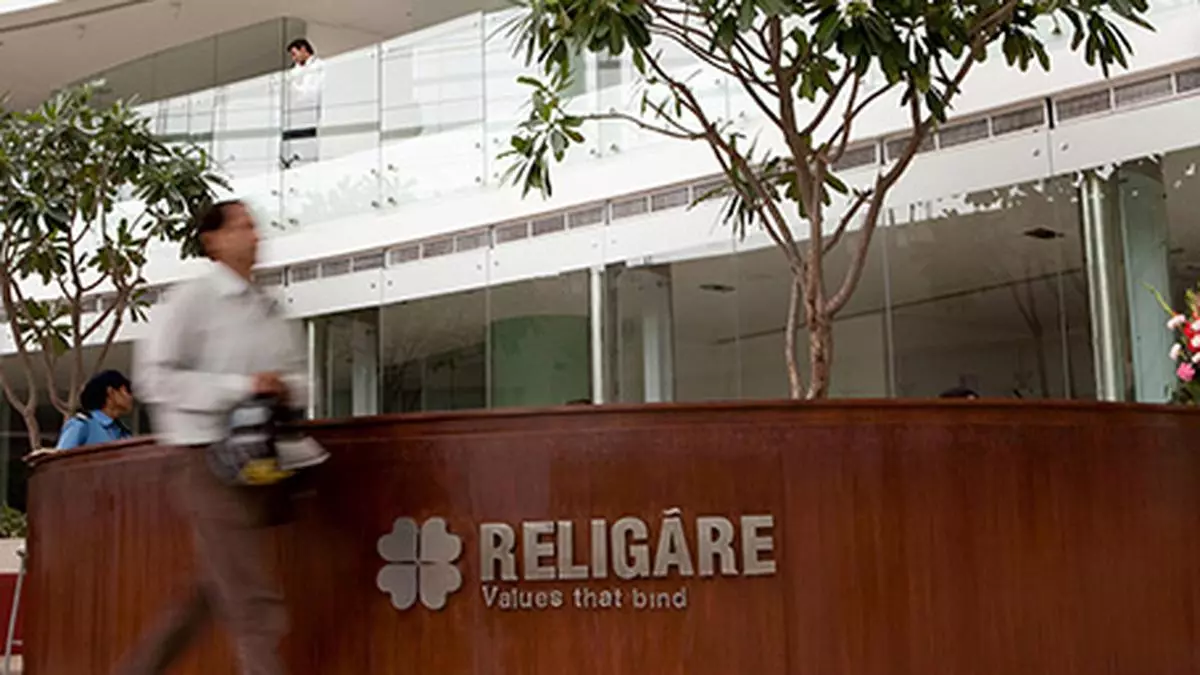Directorate General of Civil Aviation (DGCA) has issued a circular to address the threats of jamming and spoofing of the Global Navigation Satellite System (GNSS) following reports of interference in the Middle East. The circular provides a “practical roadmap and action plan” to effectively handle GNSS interference in airspace. In their statement on Friday, DGCA highlighted the “growing risks associated with GNSS jamming and spoofing,” pinpointed specific geographical areas of interference, and discussed potential impacts on both aircraft and ground-based systems.
“The circular highlights the emerging threats of GNSS jamming and spoofing, the various geographical areas where it has been observed, and its potential impact on aircraft and ground-based systems,” the regulator said in a statement.
- Also Read: Civil aviation ministry suspends DGCA director Anil Gill for “corruption”
The regulator emphasised the “emerging threats” posed by GNSS jamming and spoofing, acknowledging the areas where such interference has been observed and its potential consequences on aviation systems. GNSS spoofing and jamming involve manipulating a user’s navigation system by providing false signals, with GNSS being crucial for aircraft navigation.
In response to recent reports of GNSS interference in the Middle East airspace, DGCA established an internal committee on October 4. “The committee since then had taken a stock of the situation, sensitized operators, and started discussions with leading experts from around the world on this sensitive subject. The circular is based on recommendations of the committee for tackling the emerging threat considering the best practices, latest developments, and ICAO (International Civil Aviation Organization) guidance on the matter,” DGCA said.
- Also Read: Akasa gets Civil Aviation Ministry nod to fly internationally
Applicable to all aircraft operators and the Airports Authority of India (AAI), which serves as the air navigation service provider (ANSP), the circular defines roles and responsibilities for each stakeholder in monitoring and mitigating the threat in a coordinated manner. Additionally, it underscores “reporting obligations” in line with regulatory requirements.
“Furthermore, the circular provides comprehensive mitigation measures and action plan for aircraft operators, pilots, ANSP and air traffic controllers which includes development of contingency procedures in coordination with equipment manufacturers, and assessing operational risk by conducting a safety risk assessment,” DGCA said.





